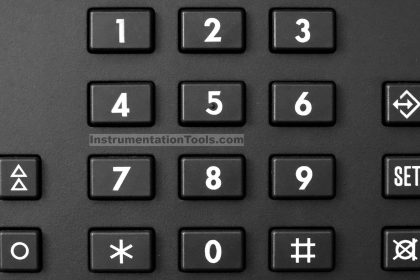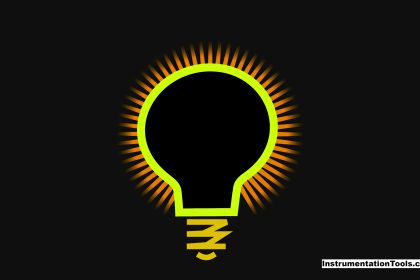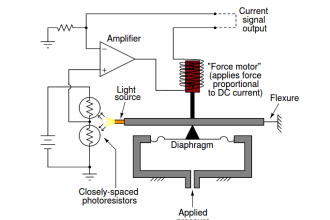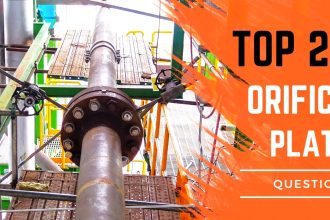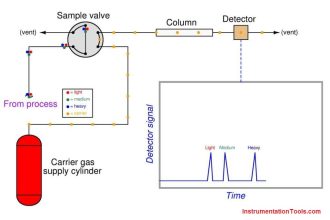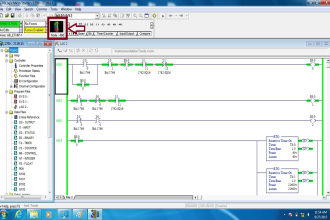Here we provided some project ideas focused on Analog Electronics for final-year engineering students. Each project comes with a brief description to give you a better understanding of its scope and application.
Analog Electronic Projects
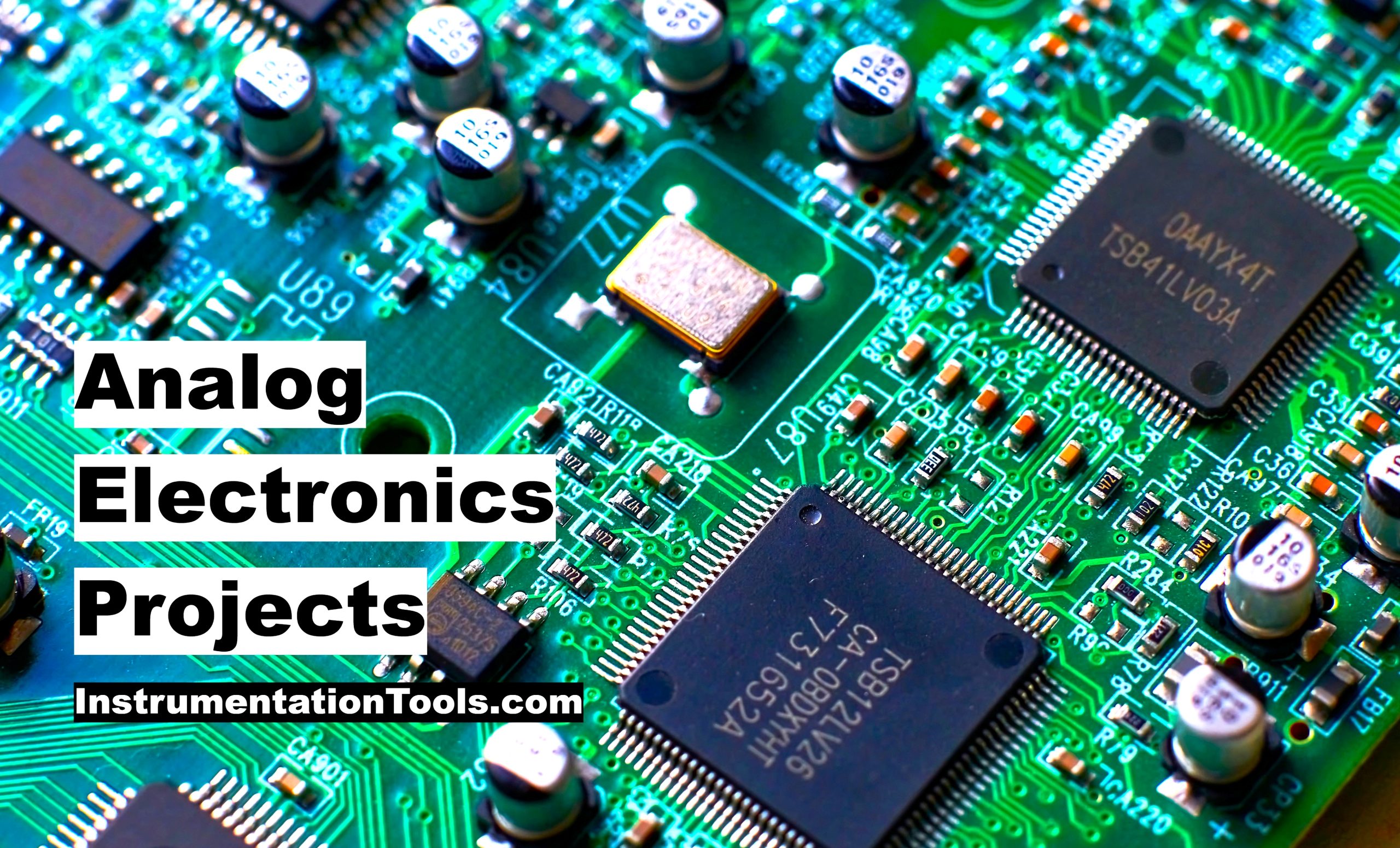
These analog electronic projects are useful for electrical, electronics, communications, and instrumentation engineering students.
- Operational Amplifier as a Comparator
- Design an operational amplifier circuit to act as a comparator for different voltage levels and assess its performance.
- Transistor as a Switch
- Investigate how a transistor can function as a switch in various electronic circuits.
- Active Filters Using Op-Amps
- Develop different types of active filters (low-pass, high-pass, band-pass) using operational amplifiers.
- Phase-locked Loop (PLL) Implementation
- Implement a phase-locked loop circuit and study its characteristics, including capture range and lock-in.
- Analog PID Controller
- Design and build an analog PID (Proportional-Integral-Derivative) controller for a specific application, like temperature control.
- Voltage Regulator Design
- Create a custom voltage regulator circuit that can be used to regulate the output voltage of a power supply.
- Analog Signal Multiplexer
- Design a multiplexer to combine multiple analog signals into a single output.
- Audio Amplifier Design
- Create an audio amplifier using analog electronic components to amplify low-level audio signals.
- Oscillator Circuits
- Design and build different types of oscillator circuits like the Colpitts, Hartley, and Wien Bridge oscillators.
- Analog to Digital Converter (ADC)
- Build an ADC circuit to convert analog signals to digital form, focusing on optimizing for speed and accuracy.
- Variable Gain Amplifier
- Design a variable gain amplifier circuit to amplify a given input signal by a dynamically adjustable factor.
- Mixers and Modulators
- Develop different types of analog mixers and modulators for radio frequency (RF) applications.
- Impedance Matching in Analog Circuits
- Investigate the importance of impedance matching in analog circuits and design an example circuit.
- Instrumentation Amplifier for Medical Applications
- Build an instrumentation amplifier to amplify low-level signals in medical equipment, focusing on reducing noise.
- Voltage-to-Frequency Converter
- Design a circuit that converts a voltage level to a frequency and validate its performance.
- Precision Rectifier Design
- Create a precision rectifier circuit to accurately rectify small voltage signals.
- Non-linear Signal Processing
- Design and implement a circuit that performs non-linear operations on an input signal, like logarithmic amplification.
- Differential Amplifiers
- Build and characterize a differential amplifier for applications requiring high common-mode rejection.
- Analog Sensors Interface
- Create an interface for analog sensors to read and condition the sensor output.
- Battery Charge Controller
- Design a charge controller circuit for rechargeable batteries, focusing on maximizing battery lifespan.
- Thermocouple Signal Conditioning
- Design a circuit to condition the signal from a thermocouple for use in temperature monitoring systems.
- RF Signal Detector
- Build an RF (Radio Frequency) detector circuit that can pick up and indicate the presence of radio signals in the environment.
- Current-to-Voltage Converter
- Design a circuit that converts a current signal to a proportional voltage signal.
- Envelope Detector
- Implement an envelope detector to extract the amplitude envelope of an amplitude-modulated (AM) signal.
- Clipping and Clamping Circuits
- Develop circuits that perform clipping and clamping operations on analog signals.
- Sample-and-Hold Circuit
- Create a sample-and-hold circuit that captures and holds an analog voltage level for a specified period.
- Voltage Follower Circuit
- Design and test a voltage follower circuit to serve as a buffer between a signal source and a load.
- RC Timing Circuits
- Explore the design of RC (resistor-capacitor) timing circuits and their applications in pulse generation.
- Quartz Crystal Oscillator
- Build a stable frequency oscillator using a quartz crystal and evaluate its performance.
- Wien Bridge Oscillator with AGC (Automatic Gain Control)
- Implement a Wien Bridge Oscillator with an AGC circuit to maintain constant amplitude.
- Peak Detector Circuit
- Design a peak detector circuit to identify and hold the peak value of an analog signal.
- Integrating and Differentiating Circuits
- Create circuits that perform mathematical integration and differentiation of input signals.
- Analog Signal Isolator
- Build an isolator circuit to pass analog signals between two systems while electrically isolating them.
- Bandgap Voltage Reference
- Design a bandgap voltage reference circuit to generate a stable voltage reference irrespective of temperature.
- JFET-based Variable Resistor
- Create a voltage-controlled resistance using a JFET (Junction Field Effect Transistor) for applications like volume control.
- Gyrator Circuit
- Implement a gyrator circuit to simulate an inductive component using only resistors, capacitors, and amplifiers.
- MOSFET-based Voltage Controlled Oscillator (VCO)
- Design a voltage-controlled oscillator using MOSFETs and evaluate its performance.
- AM/FM Demodulator
- Build a circuit that can demodulate AM (Amplitude Modulated) and FM (Frequency Modulated) signals.
- Precision Current Source
- Create a precision current source for calibration and testing applications.
- Pulse Width Modulation (PWM) Generator
- Design and implement a PWM generator circuit for controlling motors or LEDs.
- LC Resonance Circuit
- Study the resonance phenomenon in LC (Inductor-Capacitor) circuits and analyze their filtering properties.
- Logarithmic and Anti-Logarithmic Amplifiers
- Design and build logarithmic and anti-logarithmic amplifier circuits for use in signal processing.
- Voltage Multiplier Circuit
- Create a voltage multiplier circuit to generate high voltages from a smaller input voltage.
- Zener Voltage Regulator
- Design a Zener diode-based voltage regulator circuit and study its performance under varying load conditions.
- Analog Data Logger
- Build an analog data logger that can record and store analog signals over time for analysis.
- Optocoupler-Based Isolation
- Implement an optocoupler-based circuit to provide electrical isolation between two systems while transferring signals.
- Frequency Counter
- Develop a frequency counter to measure the frequency of various analog signals using counting techniques.
- Remote-Controlled Analog Devices
- Design a remote-controlled system for analog devices, such as fans or lights, using IR or RF signals.
- High-Frequency Oscillators
- Create high-frequency oscillators for use in RF applications.
- Automatic Gain Control (AGC)
- Implement an automatic gain control circuit to adjust the amplitude of an analog signal automatically.
- Voltage Doubler and Tripler
- Design voltage doubler and tripler circuits to step up DC voltage levels.
- Analog Equalizer
- Develop an analog equalizer circuit for audio applications.
- Noise Filtering Techniques
- Study and implement various techniques for noise filtering in analog circuits.
- Balanced Modulator
- Create a balanced modulator for generating DSB-SC (Double Sideband Suppressed Carrier) signals.
- Analog Communication Systems
- Build and analyze simple analog communication systems like amplitude modulation and frequency modulation.
- VU Meter
- Design a VU (Volume Unit) meter for measuring the loudness of audio signals.
- Sine Wave Generator
- Develop a stable sine wave generator for testing and calibration.
- Bootstrap Sweep Generator
- Implement a bootstrap sweep generator to produce time-varying signals.
- Analog Signal Splitter
- Design a circuit to split an analog signal into multiple outputs without affecting the signal quality.
- Analog-Based Security Systems
- Create an analog-based security system using sensors and analog signal processing.
- Temperature-Controlled Fan
- Build a temperature-controlled fan system that adjusts fan speed based on real-time temperature readings.
- LED Bar Graph Indicator
- Design an LED-based bar graph indicator that responds to different analog input levels.
- Audio Mixer Circuit
- Develop a basic audio mixer circuit that allows for the blending of multiple audio inputs into a single output.
- Precision Rectifier
- Implement a precision rectifier circuit that can rectify very low voltage levels without the typical diode voltage drop.
- Analog PID Controller
- Create a Proportional-Integral-Derivative (PID) control system using analog components to control physical systems like temperature or speed.
- High-Frequency Signal Generator
- Design a high-frequency signal generator for laboratory testing and measurement.
- Battery Monitor Circuit
- Implement a battery monitor that provides an analog indication of the current battery level.
- DC-DC Buck and Boost Converters
- Develop DC-DC Buck and Boost converter circuits to step down or step up DC voltage levels.
- Phase-Shift Oscillator
- Design a phase-shift oscillator for generating a stable sine wave at the output.
- Analog Light Dimmer
- Create a light dimmer circuit that adjusts the brightness of a lamp according to the analog input.
- Touch-Sensitive Switch
- Build a touch-sensitive switch using analog circuits for home automation applications.
- Sound-Operated Switch
- Design a sound-operated switch that can activate or deactivate electronic devices based on ambient noise.
- Voltage-to-Frequency Converter
- Implement a voltage-to-frequency converter for use in digital systems.
- Laser Security System
- Develop an analog laser security system to detect intruders in a closed space.
- Cordless FM Microphone
- Create a simple, cordless FM microphone for wireless audio applications.
- Rainfall Monitoring System
- Build a system that uses analog sensors to monitor rainfall and displays the data graphically.
- Passive and Active Filters
- Design and implement various types of passive and active filters for signal conditioning.
- Traffic Light Control System
- Develop an analog circuit-based traffic light control system.
- Analog Speedometer
- Design an analog speedometer for vehicle speed measurement using magnetic or optical sensors.
- Variable Power Supply
- Create a variable power supply with adjustable voltage and current settings for laboratory use.
- Op-Amp Integrator and Differentiator
- Study, design, and implement operational amplifier-based integrator and differentiator circuits for signal processing.
- Audio Compressor
- Develop an audio compressor circuit that can automatically reduce the dynamic range of audio signals.
- Capacitance Meter
- Design a capacitance meter for measuring the value of capacitors using analog circuit elements.
- Analog Distance Sensor
- Implement a distance measurement sensor using analog components and study its accuracy.
- Analog Clock Circuit
- Build an analog clock using discrete components to understand the fundamentals of timekeeping circuits.
- Temperature Data Logger
- Create a temperature data logger that records temperature readings at regular intervals for later analysis.
- Magnetic Field Detector
- Design a simple magnetic field detector using Hall effect sensors or other analog techniques.
- Active Noise Cancellation
- Implement an active noise cancellation system using analog circuitry for headphones or small rooms.
- Wireless Energy Transfer
- Develop a wireless energy transfer system based on resonant inductive coupling or other analog methods.
- Peak Detector Circuit
- Build a peak detector circuit that captures and holds the peak value of an input signal.
- Analog Audio Filter
- Design different types of analog audio filters like low-pass, high-pass, band-pass, and band-stop filters.
- Simple Radio Receiver
- Create a simple AM or FM radio receiver using analog components.
- Op-Amp-Based Oscilloscope
- Build a simple oscilloscope using operational amplifiers for visualizing different waveforms.
- Analog Multiplier Circuit
- Implement an analog multiplier circuit for performing multiplication of two analog signals.
- Biomedical Signal Amplifier
- Develop a biomedical signal amplifier for amplifying low-level signals from physiological sensors.
- Photoelectric Tachometer
- Design a photoelectric tachometer for measuring rotational speed using light interruption methods.
- Analog Burglar Alarm
- Create a simple burglar alarm system based on analog sensors like PIR sensors or magnetic door contacts.
- Voltage Follower Circuit
- Implement a voltage follower circuit for buffering and impedance matching applications.
- Electrocardiogram (ECG) Simulator
- Develop an analog circuit that simulates an ECG signal for testing and educational purposes.
- Water Level Indicator – Design a water level indicator using float switches or capacitive sensors and an analog display.
These 100 Analog Electronics project ideas, each with its own unique set of challenges and learning outcomes. These projects offer a basic overview of Analog Electronics, from simple circuits to complex systems.
If you liked this article, then please subscribe to our YouTube Channel for Electrical, Electronics, Instrumentation, PLC, and SCADA video tutorials.
You can also follow us on Facebook and Twitter to receive daily updates.
Read Next:
- 100 Electronics and Electrical Projects
- Best 100 PLC Projects for Students
- Top Digital Electronics Project Ideas
- Industrial Instrumentation Questions
- Top 100 Microcontrollers Project Ideas


